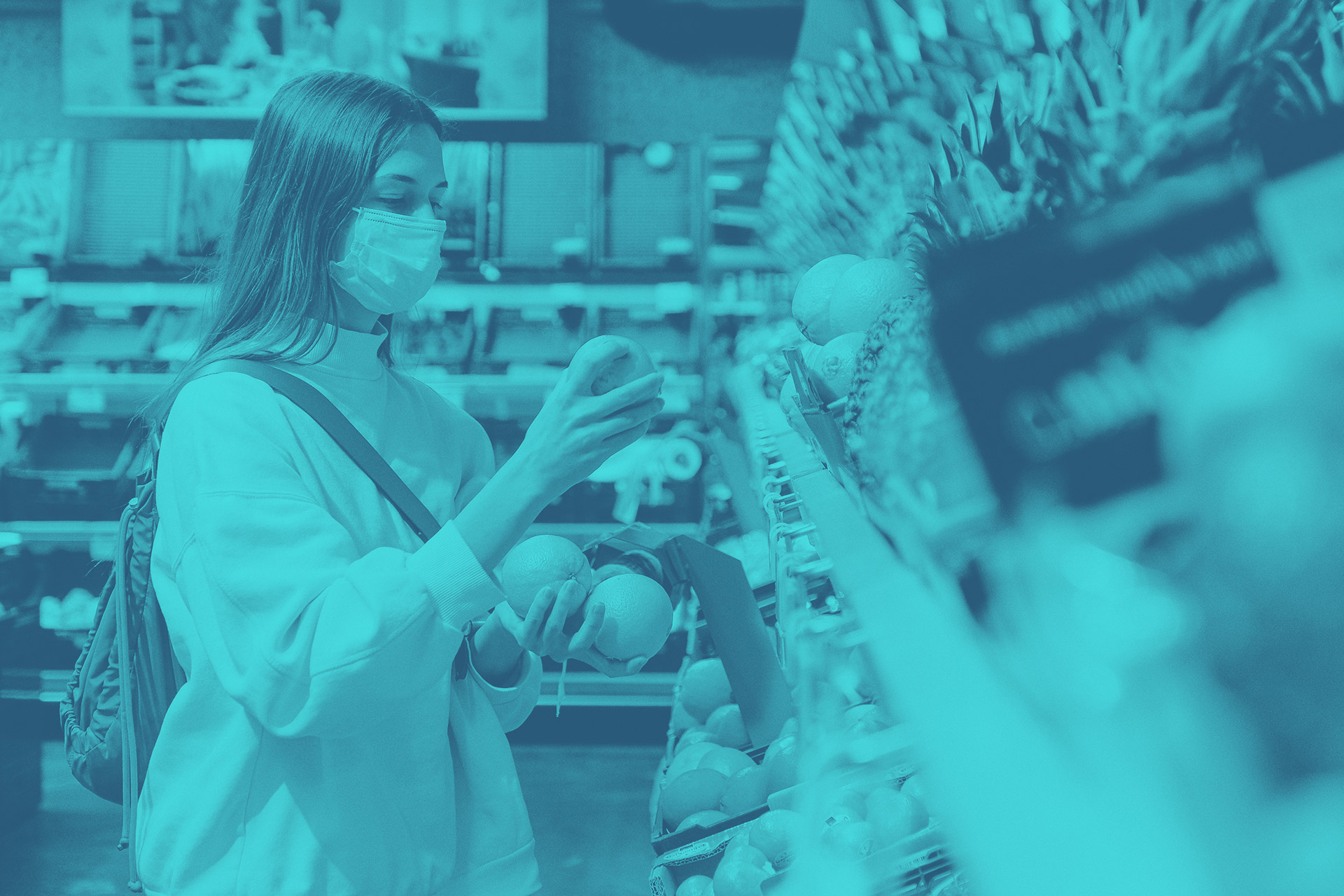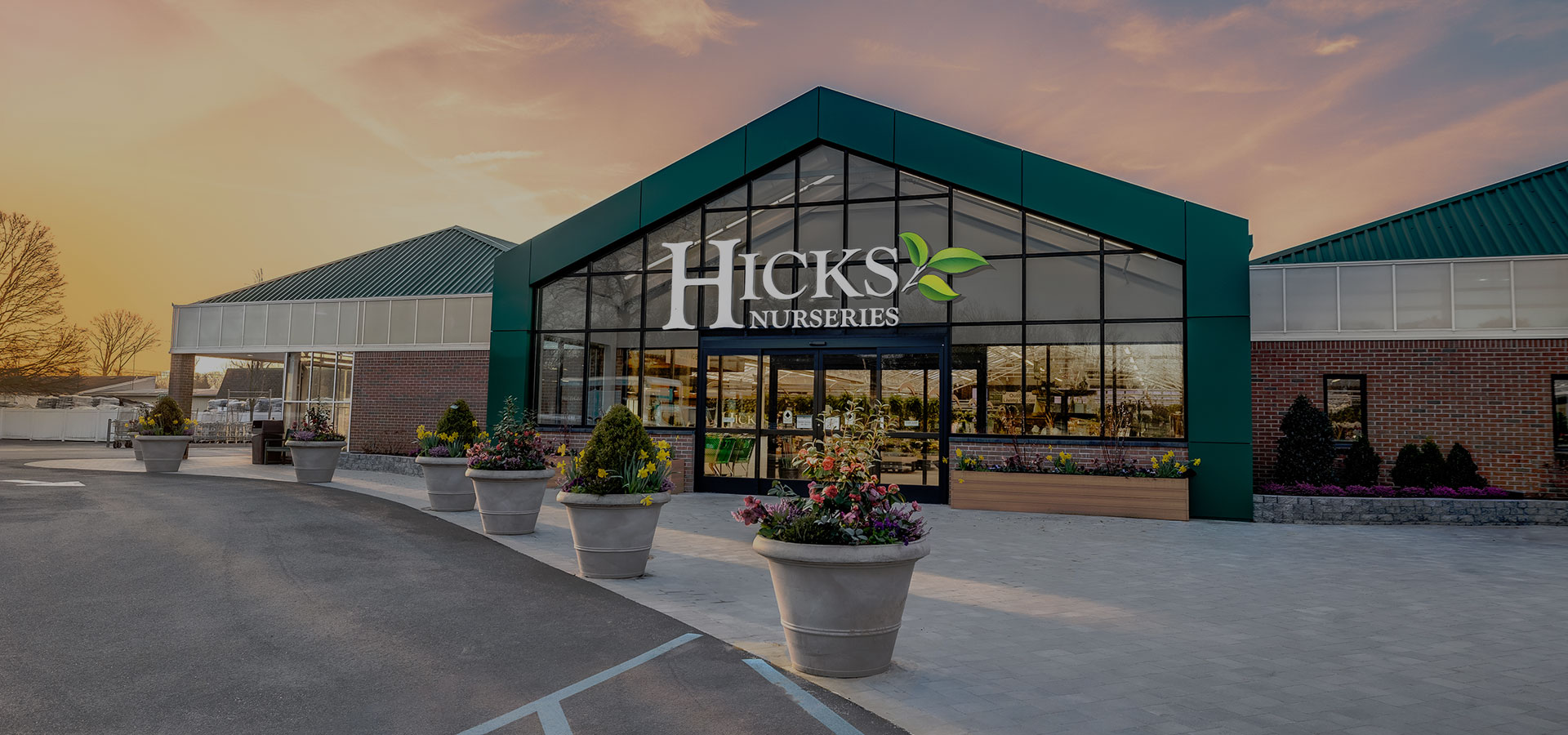[vc_row padding_top_multiplier=”” padding_bottom_multiplier=””][vc_column][rev_slider slidertitle=”Mult-Purpose Retail” alias=”MultPurpose-Retail”][/vc_column][/vc_row][vc_row section_type=”fullwidth” padding_top_multiplier=”3x” section_id=”mobile connectivity”][vc_column width=”2/3″ css=”.vc_custom_1587069370393{padding-right: 30px !important;padding-left: 30px !important;}”][vc_column_text animation=”grve-fade-in-up”]The idea of the one-stop-shop is certainly not a new concept. For many, it’s their preferred way of shopping. Still, over the years, we’ve seen consumer habits evolve, and a willingness to go to multiple stores to get exactly what they’re looking for becomes not just acceptable but expected. Personal preference as a driver for our shopping trips was on par with convenience, if not trumping it in certain instances. That has all changed, and consumers are looking for ways to make their trips outside the home as efficient as possible.
Brands like Target, Walmart, and Kroger are positioned well to win based on the reemergence of the one-stop-shop. However, size doesn’t dictate the capability to amplify service. Specialty retailers and restaurants can maximize their offer to help relieve shopping fatigue and reduce stress even long after stores return to normal—altering their experience and offering to become essential in the long term.
With that in mind, we looked at three specific opportunities for evolution as shoppers begin to return and the new reality of retail takes shape.[/vc_column_text][movedo_empty_space][movedo_title heading_tag=”h2″ heading=”h2″ increase_heading=”160″ animation=”grve-fade-in”]Re-think the Format[/movedo_title][vc_column_text animation=”grve-fade-in-up”]New format strategies were already underway before the pandemic took hold. Smaller formats and stores dedicated to serving consumers in a localized manner will become more desirable.
Target, for example, announced plans last March that they’d be opening a location roughly the size of a convenience store, clocking in at a mere 6,000 square feet. This micro-Target is slated to welcome the public this year, and it appears it won’t be the only smaller store that will be added to their fleet. Although Target has scaled back its aggressive growth plans, they are still planning for 15-20 new small-format stores (down from 36 originally) ranging in size from 13,000 sq. ft. to 40,000 sq. ft— exploring locations as diverse as college campuses and the Las Vegas strip.
Target’s push to develop easy-to-shop stores with smaller, less intimidating environments and location-based tailored assortments is incredibly smart. We’ve seen in recent years that smaller formats have become a preferred way of shopping, and we believe even in the new reality, this will remain.
Moving to a smaller format doesn’t always need to be in the form of a store that has a permanent brick-and-mortar address. We’ve seen the emergence of unmanned mobile stores focused on essentials with extra small assortments. These mobile stores meet consumers where they are and capitalize on a desire for self-service.[/vc_column_text][movedo_empty_space][movedo_video video_link=”https://youtu.be/w_0oG3GIK_g”][movedo_empty_space][vc_column_text animation=”grve-fade-in-up”]China has proven to be the source of leading illustrations of exactly this type of strategy. Alibaba, for example, teamed up with Zhongbai and, in just 5 hours, built a grocery store outside of one of Wuhan’s key hospitals to address the needs of front-line healthcare workers. On its first day alone, it had over 200 customer visits.
Unity Drive Innovation, in eastern China, deployed autonomous, self-driving vans to deliver fresh food to checkpoint workers during the lockdown to reduce person-to-person contact. Russian grocer Vkusvill installed supermarket vending machines in apartment lobbies to enable residents easy access to food essentials without leaving the property. These are all great examples of the type of creative thinking regarding your store’s format that the new retail landscape will require.
[/vc_column_text][/vc_column][vc_column width=”1/3″ css=”.vc_custom_1587069379398{padding-right: 30px !important;padding-left: 30px !important;}”][movedo_single_image image_type=”image-link” image=”29515″ align=”right” link=”url:http%3A%2F%2Fwww.chutegerdeman.com%2Fpreparing-for-next%2F|title:Preparing%20for%20Next||”][movedo_empty_space][/vc_column][/vc_row][vc_row section_type=”fullwidth” padding_top_multiplier=”2x” padding_bottom_multiplier=”4x” section_id=”mobile connectivity”][vc_column width=”2/3″ css=”.vc_custom_1587069247509{padding-right: 30px !important;padding-left: 30px !important;}”][movedo_title heading_tag=”h2″ heading=”h2″ increase_heading=”160″ animation=”grve-fade-in”]Alter Operations[/movedo_title][vc_column_text animation=”grve-fade-in-up”]Restaurants have been one of the largest industries impacted by the pandemic. , some of the most creative brands altered how they supported customers and team members in the face of the crisis. These shifts not only changed how restaurants do business long-term but have implications for the hospitality industry at a larger level. Many restaurants shifted to a convenience-driven model, allowing them to stay in operation and qualify as an essential business. QSRs reorganized as mini grocery stores to keep their team on staff and more effectively support the community.
Examples are emerging like UK fast-food chain Leon, in partnership with Absolute Taset, who are selling pre-packaged meals direct to the consumers through delivery or click-and-collect at one of their 65 locations. In a recent article for BBC, Founder John Vincent was quoted, “A lot of people in the industry are just giving up and shutting up shop. But we think this way we can keep 60% of our stores open and keep food production going.”
Brands have a huge role in addressing consumer shifts for both their team members and the community they serve. Offering healthy, ready-to-eat, and essential fresh offerings moving forward will allow consumers to have access to what they really need without having to go into a large retailer. Brands like Panera and Fusian Sushi offered fresh grocery items along with their regular menu through the drive-thru, click-and-collect, or delivery. The halo these brands saw as a result of aiding consumers when they needed it most will remain bright in the longterm.[/vc_column_text][movedo_empty_space height_multiplier=”2x”][/vc_column][vc_column width=”1/3″ css=”.vc_custom_1587069264185{padding-right: 30px !important;padding-left: 30px !important;}”][movedo_single_image image=”29549″][movedo_empty_space][/vc_column][/vc_row][vc_row heading_color=”light” section_type=”fullwidth” bg_type=”image” bg_image=”29546″ bg_image_type=”parallax” bg_image_size=”responsive” color_overlay=”dark” opacity_overlay=”50″ padding_top_multiplier=”5x” padding_bottom_multiplier=”6x” columns_gap=”40″ separator_bottom=”tilt-left-separator” parallax_sensor=”550″ font_color=”#ffffff”][vc_column width=”1/6″][/vc_column][vc_column width=”2/3″][movedo_empty_space][movedo_title heading=”h6″ line_type=”line” align=”center”]CONSUMER BEHAVIOR PRIOR TO THE COVID-19 CRISIS[/movedo_title][vc_column_text text_style=”subtitle”]
73% of consumers shop multiple channels; 35% use 4 or more channels.
-Harvard Business Review
[/vc_column_text][movedo_empty_space][/vc_column][vc_column width=”1/6″][/vc_column][/vc_row][vc_row section_type=”fullwidth” padding_top_multiplier=”4x” section_id=”mobile connectivity”][vc_column width=”2/3″ css=”.vc_custom_1587069486353{padding-right: 30px !important;padding-left: 30px !important;}”][movedo_title heading_tag=”h2″ heading=”h2″ increase_heading=”160″ animation=”grve-fade-in”]Be Nimble[/movedo_title][vc_column_text animation=”grve-fade-in-up”]It’s time to get creative and the perfect time to rethink your current operational practices, brand strategy, and service offers. If we thought retail innovation was fast before, be prepared to experience a whole new way of operating and see brand evolution initiatives accelerating at a pace we’ve not yet seen. For proof, look no further than past recessions and the brands who survived by leveraging the changing business climate to reimagine the possibilities for their products and services and, more importantly, to invest during a down market. Apple dominated Blackberry after the 2008 recession, after all. This approach allows brands not simply to survive but to thrive as the economy recovers and consumers return looking for the products and services that best fit their new lives. Heinz launched a delivery service in the UK called Heinz to Home, allowing customers to create their own bundles of products shipped right to their door. The winners will see this moment as an opportunity. They’ll get creative about meeting the changing consumers’ needs and be nimble with solutions that will allow them to capitalize on the all-important first and early mover advantages.
Without a doubt, the pandemic has had an impact across the retail and foodservice industries. Not every brand will be able to invest or have the luxury to rethink, but even for those where the situation looks challenging, now is the time to be brave. To invest in any way you can to help evolve your business. It’s time to get as creative as possible to meet changing consumer needs and position your brand for maximum success.[/vc_column_text][movedo_empty_space][/vc_column][vc_column width=”1/3″ css=”.vc_custom_1587069500096{padding-right: 30px !important;padding-left: 30px !important;}”][movedo_single_image image=”29551″][movedo_empty_space][movedo_single_image image=”29550″][/vc_column][/vc_row][vc_row][vc_column][movedo_empty_space height_multiplier=”2x”][/vc_column][/vc_row][vc_row heading_color=”light” section_type=”fullwidth” bg_type=”image” bg_image=”29592″ color_overlay=”dark” opacity_overlay=”40″ padding_bottom_multiplier=”2x” margin_bottom=”-150px” font_color=”#ffffff”][vc_column width=”2/3″ css=”.vc_custom_1587125122129{padding-right: 30px !important;padding-left: 30px !important;}”][movedo_empty_space height_multiplier=”3x”][movedo_title heading_tag=”h2″ animation=”grve-fade-in”]More from the Preparing for Next series[/movedo_title][movedo_title heading_tag=”h2″ heading=”h2″ increase_heading=”160″ animation=”grve-fade-in”]Expand the Brand[/movedo_title][vc_column_text animation=”grve-fade-in-up”]For IRL experiences to return to their former glory, it’s going to take some work. Exploring crafted experiences and brand partnerships may be the key to connecting with consumers in a fresh, new way.[/vc_column_text][movedo_empty_space][movedo_button button_text=”READ IT HERE” button_hover_color=”white” button_size=”small” button_link=”url:http%3A%2F%2Fwww.chutegerdeman.com%2Fexpand-the-brand%2F|title:Expand%20the%20Brand||”][movedo_empty_space height_multiplier=”3x”][/vc_column][vc_column width=”1/3″ css=”.vc_custom_1587125135616{padding-right: 30px !important;padding-left: 30px !important;}”][/vc_column][/vc_row]





